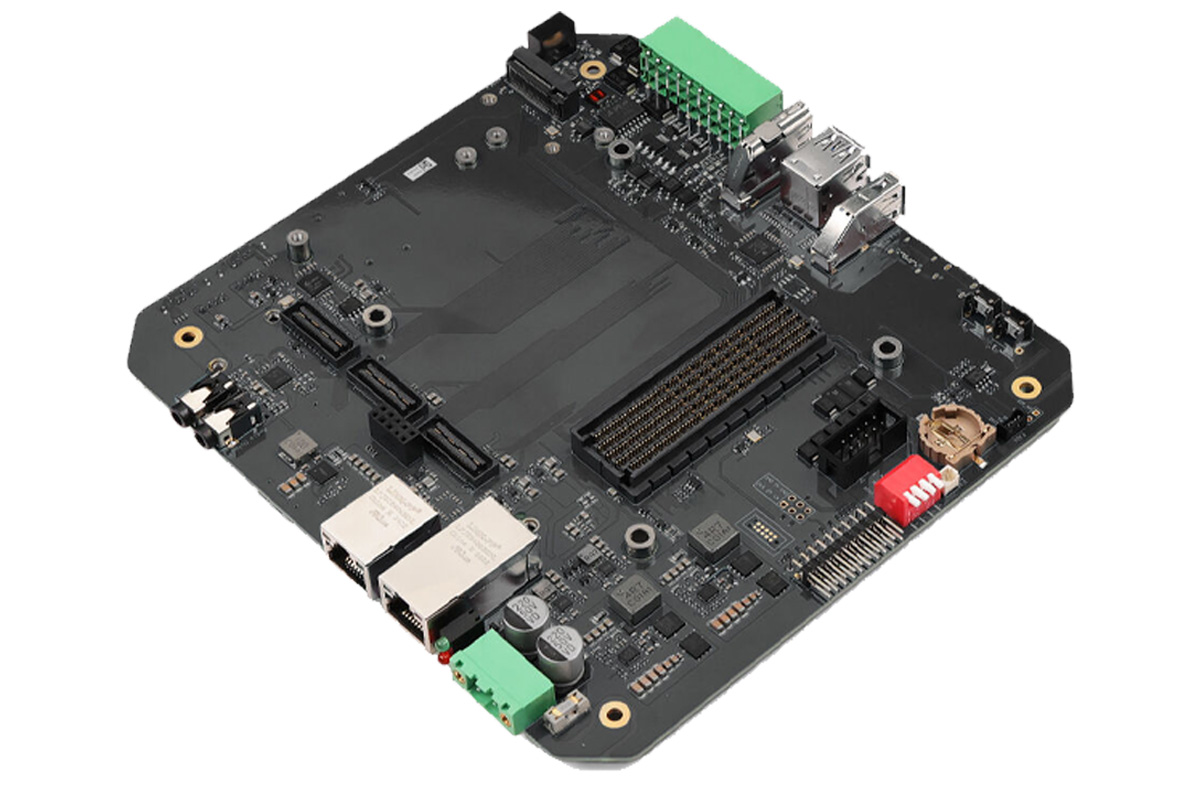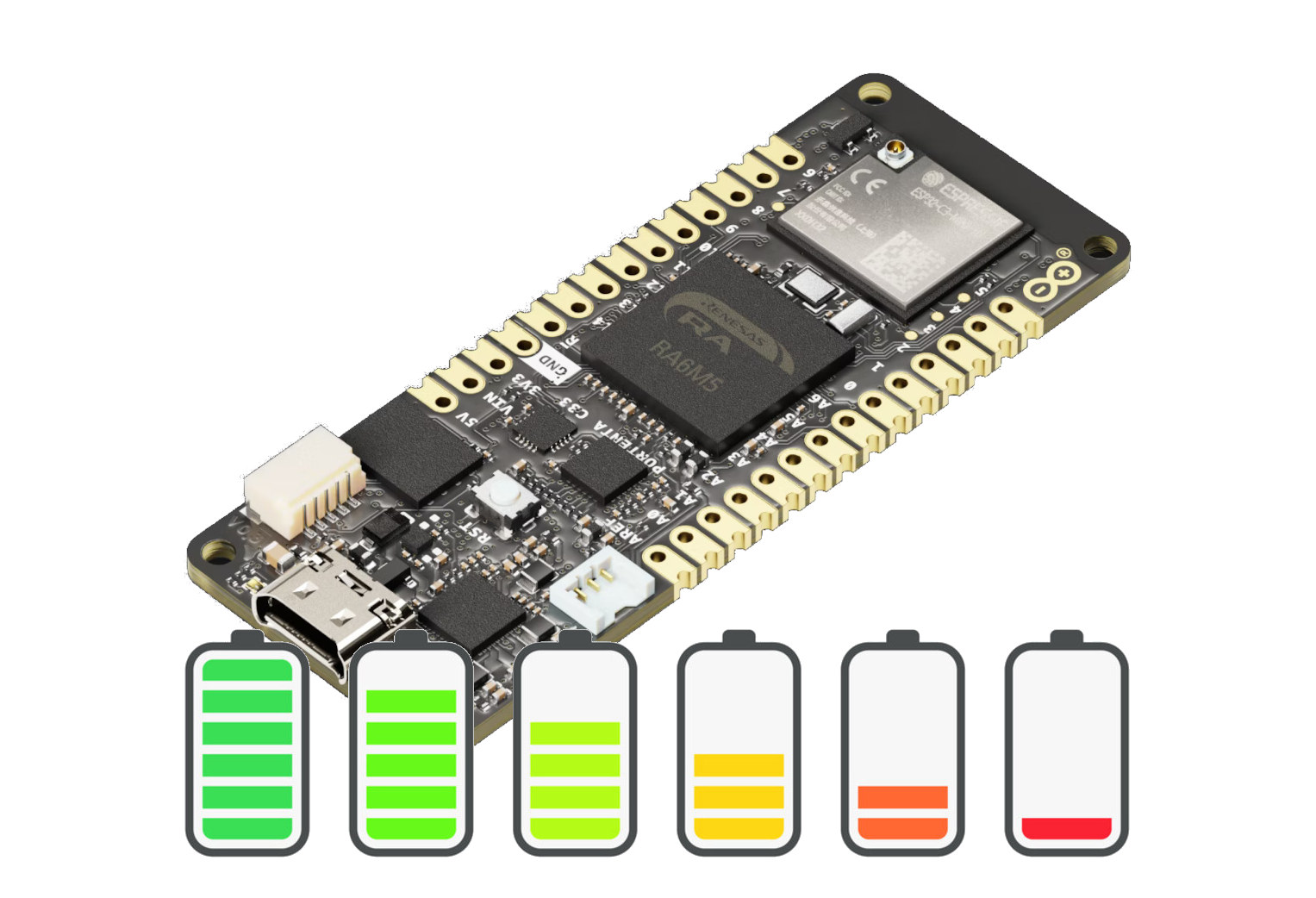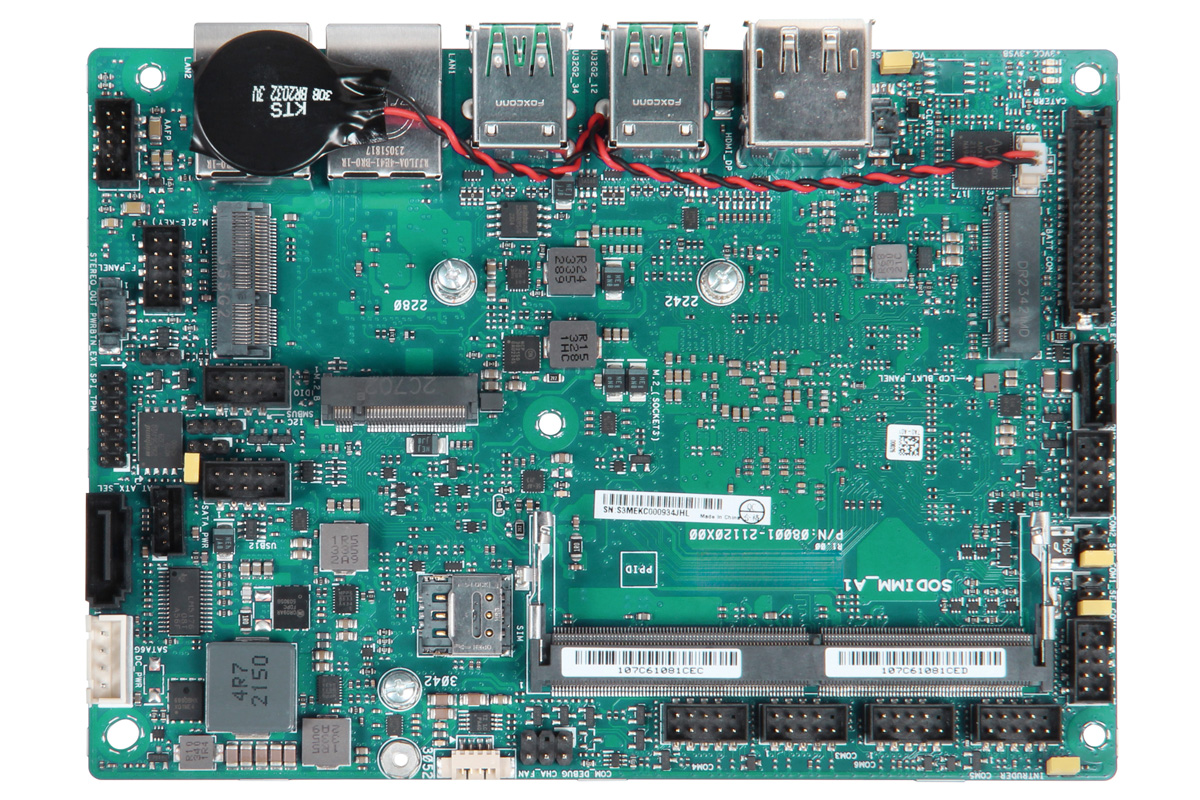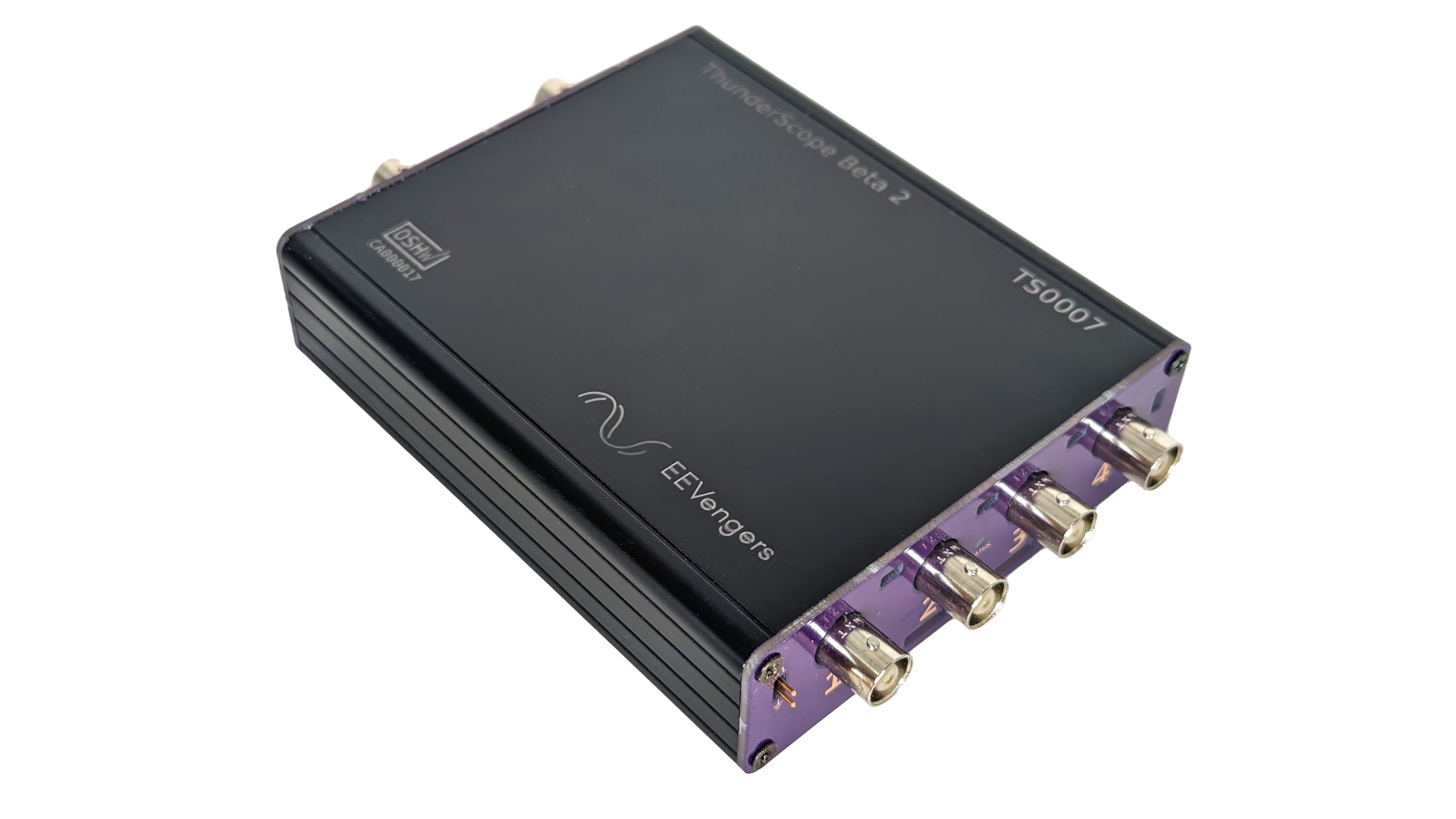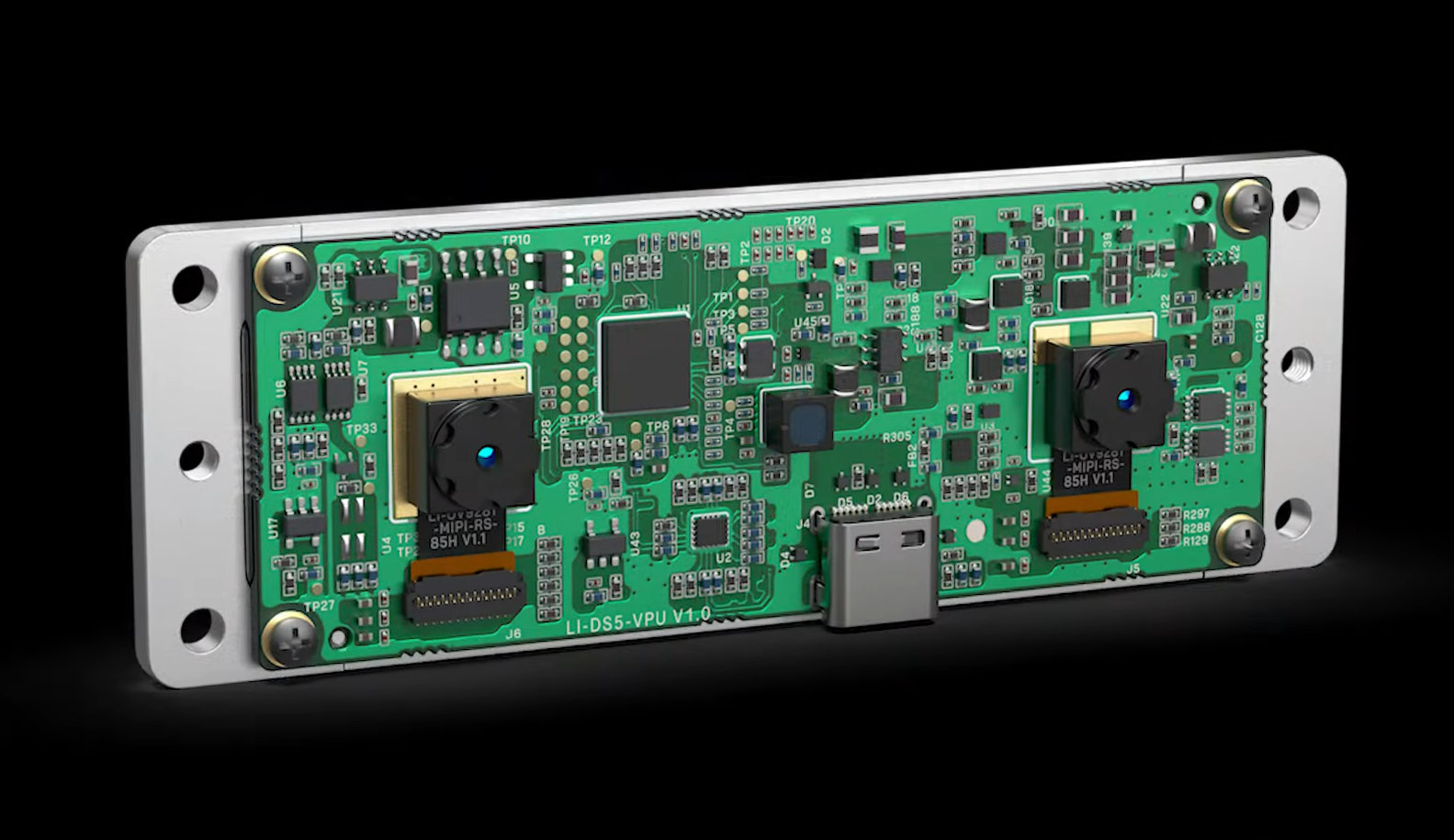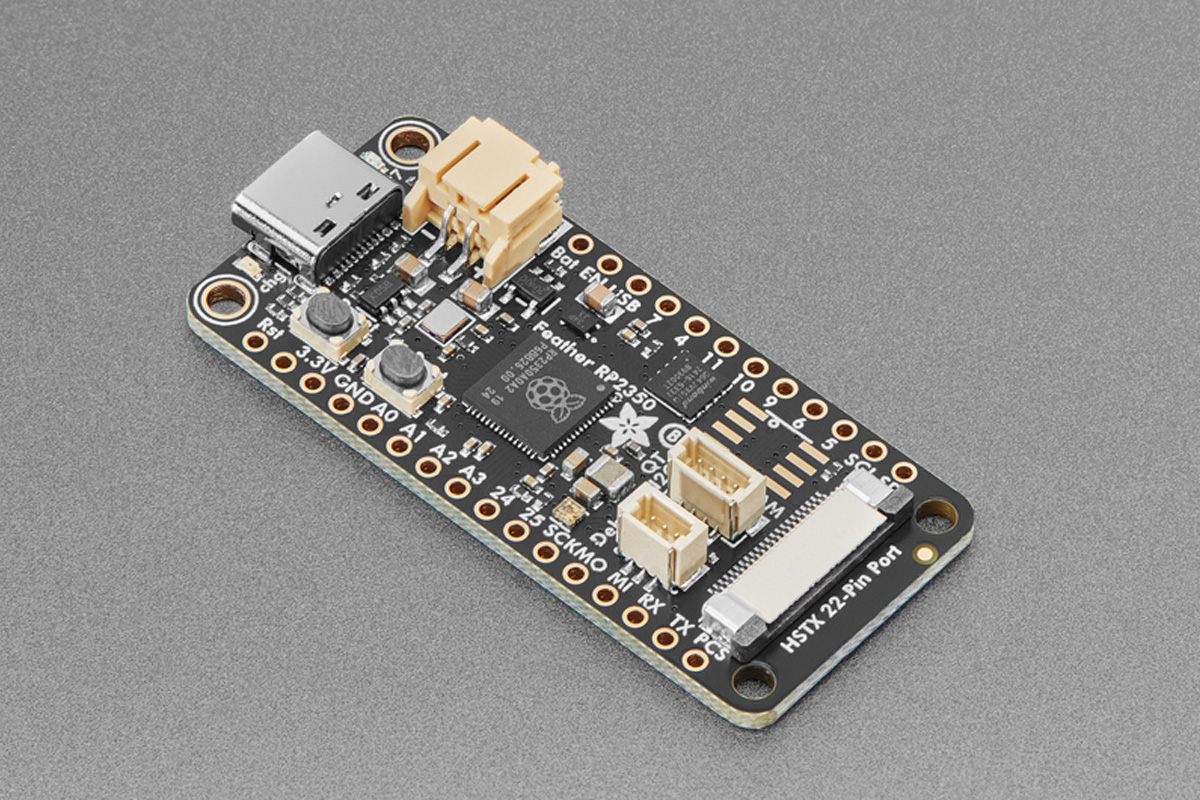Seeed Studio’s reServer Industrial J501, a Jetson AGX Orin carrier board designed for building Edge AI systems. With up to 275 TOPS of exceptional AI performance, this carrier board is designed for advanced robotics and edge AI applications for industrial environments. The carrier board features GbE and 10GbE LAN via RJ45 ports, three USB 3.1 ports, an HDMI 2.1 output, and multiple M.2 slots for expansion, including support for wireless connectivity via the M.2 Key B socket. Additionally, it has support for 8K video decoding and up to 8 GMSL cameras via an optional extension board. reServer Industrial J501 Jetson AGX Orin carrier board specification System-on-Module (one or the other) SoM – NVIDIA Jetson AGX Orin 64GB with CPU – 12-core Arm Cortex-A78AE v8.2 64-bit processor with 3MB L2 + 6MB L3 cache GPU / AI accelerators NVIDIA Ampere architecture with 2048 NVIDIA CUDA cores and 64 Tensor Cores @ […]
Arduino releases a power management library for Arduino Pro modules to optimize power consumption
Arduino has released a new power management library designed for Arduino Pro modules to help users monitor battery usage, fine-tune charging parameters, and optimize the power consumption of their Arduino code by notably enabling sleep and standby modes on supported devices. Currently, the Arduino Portenta H7 boards, the Arduino Portenta C33, and the Nicla Vision module are supported by the new power management library. The company explains some boards consume under 100 microamperes in deep sleep mode enabling months or even years of continuous runtime on a single charge, so making use of those features is important to lower the power consumption of battery-powered IoT devices and wearables. Arduino power management library key features: Battery monitoring – Reports battery metrics such as voltage, current, percentage, and temperature. Battery health tracking – Monitors battery health with detailed insights into temperature and reported capacity. Charging control – Monitors and adjusts charging parameters […]
Portwell PEB-2274 3.5-inch fanless Intel Atom x6425E SBC offers triple display support, dual GbE, three M.2 sockets, and more
Portwell has recently launched PEB-2274, a 3.5-inch fanless SBC built around Intel Atom x6425E Elkhart Lake SoC. Key features include up to 32GB DDR4 memory, two Gigabit Ethernet ports, three M.2 sockets for storage and expansion, and a wide 9V to 36V DC power input. Additionally, it has various display interfaces (HDMI, DP, LVDS), multiple serial ports, USB, and audio options. We have already covered several other 3.5-inch inch Elkhart Lake SBCs with dual Ethernet ports including the Avalue ECM-EHL 3.5-inch SBC, Congatec Conga-PA7 Pico-ITX board, the iBase IB836 3.5-inch SBC, and the AAEON GENE-EHL5 SBC. All these boards support dual Ethernet and some of them have support for triple ethernet ports. But what’s unique about the PEB-2274 is that it has dual GbE ethernet, triple display, and a design specifically for industrial applications. Portwell PEB-2274 specifications: SoC – Intel Atom x6425E quad-core processor @ 2.00 GHz / 3.00 GHz […]
ThunderScope is an open-source Thunderbolt and PCIe oscilloscope with a 1 GS/s data sampling rate (Crowdfunding)
The ThunderScope is an open-source, Thunderbolt/USB4 and PCIe oscilloscope with a sampling rate of up to 1 GS/s. It is portable, presents an affordable, open-source alternative to expensive bench-top and PC-based scopes, and delivers a higher sampling rate than most USB oscilloscopes. ThunderScope streams sample data to your computer for processing and analysis, unlike traditional oscilloscopes which “are limited by their built-in processing capabilities and cramped user interfaces.” It uses the fastest available interface, Thunderbolt, to stream data, allowing it to use your computer’s full potential. ThunderScope is “the only scope that will get better every time you upgrade your computer.” The Thunderbolt oscilloscope is based on AMD’s Artix 7 XC7A35T-2CSG325C FPGA. It supports up to four channels and a full analog bandwidth of 500 MHz (with the anti-aliasing filter disabled). It doesn’t require an external power source, as it is powered via the Thunderbolt port. It comes in a […]
Intel RealSense Depth Module D421 offers a low-cost depth-sensing solution at just $80
Intel RealSense Depth Module D421 is an entry-level stereo depth module with a 0.2 to 3-meter recommended range, a global shutter to capture motion without artifacts, and a 75° × 50° field of view (FoV). Intel has made RealSense Depth cameras for years, including the popular RealSense D435i with 6 DoF tracking introduced in 2018 that currently sells for about $320. But not all projects need the most advanced features and/or are viable when needing to spend several hundred dollars on the camera itself. The RealSense Depth Module D421 is a much cheaper way to integrate depth-sensing into projects at a much lower price point. It’s fairly similar to the earlier D435 but lacks an RGB camera. Intel RealSense Depth Module D421 specifications: Based on the Intel D4 Vision Processor Image sensor technology – Global Shutter Recommended Range – 0.2 m to over 3 m (varies with lighting conditions) Depth […]
D-Robotics RDK X3 Development Board features Sunrise X3 quad-core Arm Cortex-A53 SoC with a 5TOPS “Bernoulli” BPU
The D-Robotics RDK X3 development board is designed for edge AI applications and features a Sunrise X3 quad-core Arm Cortex-A53 processor running at 1.5GHz with a dual-core BPU (Brain Processing Unit) with 5 TOPS of edge inference capability. The board includes a 40-pin GPIO interface, ensuring compatibility with Raspberry Pi 4B accessories for versatile project development. The RDK X3 offers 2GB or 4GB of LPDDR4 RAM and includes a MicroSD card slot for storage expansion. Designed for real-time applications like robot control and intelligent monitoring, its 5 TOPS inference capability makes it ideal for computer vision workloads such as object detection, body segmentation, scene parsing, etc… Previously, we covered the Horizon X3 AI development board, which uses the same Horizon Robotics Sunrise X3 processor. We’ve also written about several other edge AI development boards, including the Synaptics Astra Platform SL1680, SagireEdge AI 600, and MYiR Tech’s MYC-LR3568. Feel free to […]
Adafruit Feather RP2350 board with HSTX port enables video output and display interfaces
“Adafruit Feather RP2350 with HSTX port” is a Raspberry Pi RP2350 MCU development board that features an onboard 22-pin high-speed serial transmit interface (HSTX) port. The board also features a built-in 200mA+ LiPo charger, an RGB LED, a STEMMA QT connector, and a USB Type-C port for power and programming. The board is compatible with FeatherWings and supports development with various programming languages. These features make this board suitable for a wide range of applications, from embedded projects and IoT devices to educational purposes and prototyping. Previously we have covered a variety of RP2350-powered development boards, including the MOTION 2350 Pro, designed for robotics and motor control; the Solder Party’s RP2350 Stamp, ideal for space-constrained applications; and the WIZnet Raspberry Pi RP2350 boards designed for IoT and internet-connected applications. Feel free to check those out if you want to take a look at some of the unique development boards. Adafruit […]
ESP32-C6 WiFi 6 and Bluetooth 5.0 USB-C development board integrates 1.47-inch TFT LCD Display
Waveshare has introduced the ESP32-C6-LCD-1.47 development board powered by an ESP32-C6 RISC-V microcontroller with WiFi 6 and Bluetooth 5 connectivity and equipped with a 1.47-inch display with a 172×320 resolution. With a 4MB flash, an RGB LED, and a microSD card slot for extra storage, this board is suitable for projects that need a compact display, low power consumption, and wireless connectivity such as AIoT applications and human-machine interfaces (HMI). Earlier this month, we covered the ESP32-S3 USB dongle, another development board from Waveshare designed for HMI applications with the same 1.47-inch display with a 172×320 resolution, but a USB Type-A port instead of the USB-C port found in the model covered today. In the past, we’ve written about other ESP32-based development boards for HMI applications, including the LILYGO T-HMI, ESP32-S3-Touch-LCD-4.3B, and Waveshare’s ESP32-S3 LCD Driver Board supporting both square and round displays. Feel free to check them out if […]


